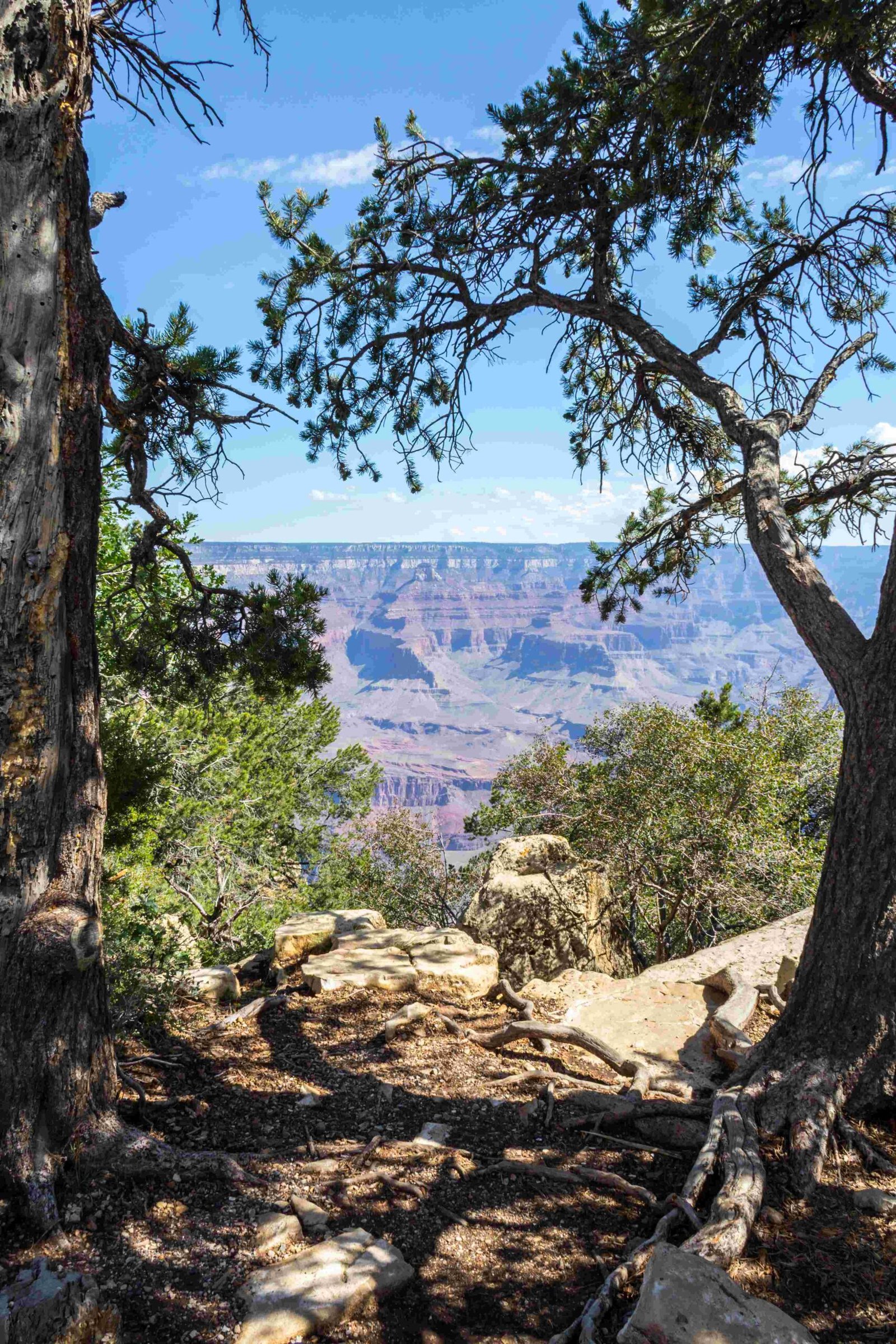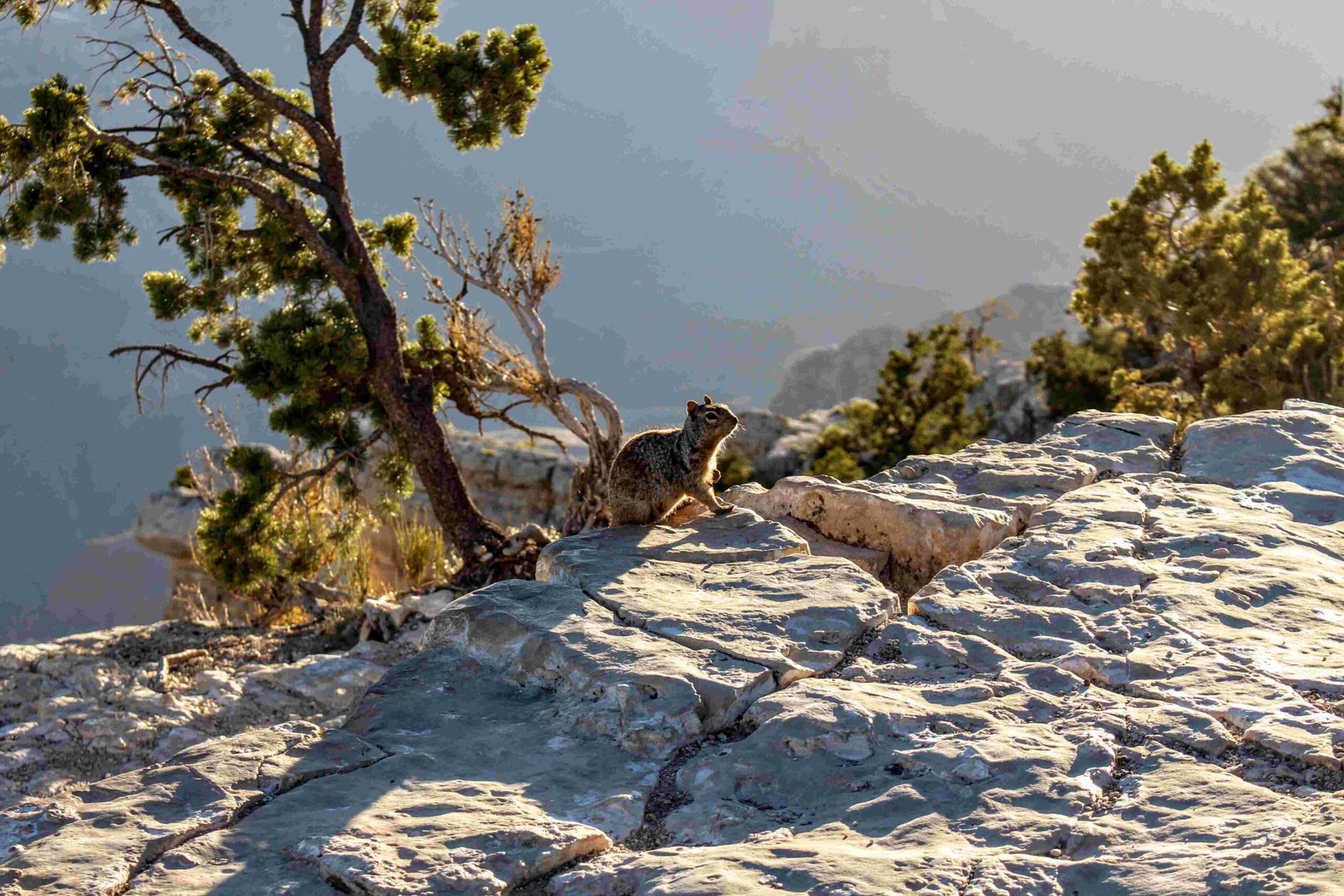The Grand Canyon stands as a testament to geological wonder and human exploration, with a rich tapestry of events spanning thousands of years. From the first Native American settlements to European expeditions and scientific discoveries, this natural marvel has witnessed remarkable transformations that have profoundly impacted our understanding of geological and cultural history.
What Were the First European Encounters?

In 1540, the first European eyes gazed upon the Grand Canyon’s magnificent landscape. García López de Cárdenas, part of Francisco Vásquez de Coronado’s expedition, became the pioneering explorer guided by Hopi natives searching for the mythical Seven Cities of Gold. This initial encounter marked the beginning of Western documentation of this extraordinary geological formation.
How Did Early American Explorers Navigate the Region?
| Year | Explorer | Significant Achievement |
|---|---|---|
| 1825 | James Ohio Pattie | First American beaver trapper in the region |
| 1826 | Jedediah Smith | Crossed Colorado River in Mohave Country |
| 1857 | Lt. Joseph Ives | Conducted first U.S. War Department expedition |
What Scientific Expeditions Transformed Understanding?

John Wesley Powell’s 1869 Geographic Expedition represented a watershed moment in Grand Canyon exploration. Powell, a one-armed Civil War veteran, led a daring journey down the Colorado River, producing unprecedented geological and topographical insights. His meticulous documentation revolutionized scientific comprehension of the canyon’s complex landscape.
Who Were the Native Inhabitants?
Long before European arrival, indigenous tribes like the Hopi, Havasupai, and Yavapai-Apache considered the Grand Canyon a sacred homeland. Archaeological evidence suggests human presence dating back 12,000 years, with early inhabitants hunting massive creatures like the Shasta sloth.
What Geological Processes Created the Canyon?
The Grand Canyon’s formation spans millions of years:
- 2 Billion Years Ago: Initial basement rock formation through tectonic plate collisions
- 6 Million Years Ago: Colorado River began carving the canyon
- 270 Million Years Ago: Kaibab limestone formed the canyon’s rim
How Did the Grand Canyon Become a National Park?
In 1919, the Grand Canyon achieved national park status, protecting its extraordinary geological and cultural heritage. This designation ensured preservation of a landscape that represents millions of years of Earth’s geological history.
What Archaeological Discoveries Reveal About Ancient Life?
Remarkable artifacts provide glimpses into ancient canyon life:
- Split-twig animal figurines (4,000 years old)
- Agricultural settlements along canyon bottoms
- Storage shelters carved into canyon walls
Modern Significance and Conservation
Today, the Grand Canyon symbolizes not just geological magnificence but also a complex narrative of human interaction with landscape. Ongoing tribal heritage projects seek to reconnect indigenous communities with their ancestral lands.
References:
– National Park Service Historical Records
– Geological Society of America Publications
– Smithsonian Archaeological Research

